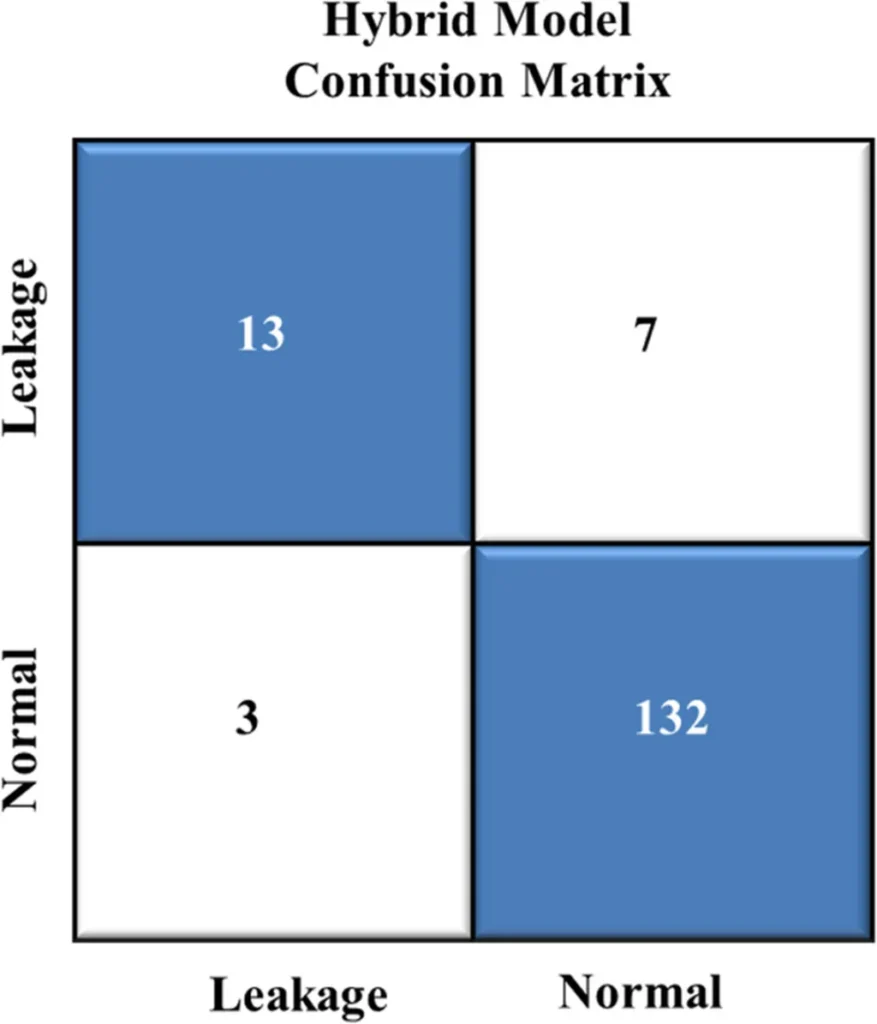In the realm of reservoir management, leakage poses a significant challenge to operational safety and maintenance. Traditional methods of addressing leakage due to defective geomembranes have largely remained experimental, leaving a gap in the application of numerical simulation techniques. A recent study published in *Yantu gongcheng xuebao* (translated as *Rock and Soil Mechanics*) aims to bridge this gap, offering a novel approach to understanding and mitigating seepage in reservoirs with geomembrane defects.
Led by CAO Xueshan from the College of Civil and Transportation Engineering at Hohai University, the research team developed an innovative inverse simulation method. This method treats the defective geomembrane and its contact layer as a seepage control layer, effectively creating an “impermeable layer with defective geomembranes.” The team utilized monitoring data from the Xixia Reservoir over a period of 1360 days to construct a three-dimensional seepage model, which was then validated using data from ten operational periods of the reservoir.
The study revealed that the equivalent permeability coefficients of the impermeable layer with defective geomembranes undergo three distinct phases: decreasing, increasing, and stabilizing. This finding aligns with the infiltration and deformation characteristics of coarse-grained soil under the geomembrane and corresponds to the seepage pressure and pressure drop observed in monitoring points.
“The dynamic behavior of the equivalent permeability coefficient provides a more accurate understanding of the seepage process,” explained CAO Xueshan. “This knowledge is crucial for evaluating the safe operation of geomembrane impermeable reservoirs and can significantly impact the energy sector by ensuring the integrity and efficiency of water storage facilities.”
The implications of this research are far-reaching. By offering a more precise method for predicting and managing leakage, the study provides technical support for the safe operation of reservoirs, which are vital for hydroelectric power generation and water supply. The energy sector stands to benefit greatly from these advancements, as they can lead to more reliable and cost-effective reservoir management practices.
As the world continues to grapple with water scarcity and the need for sustainable energy solutions, innovations in reservoir management are more critical than ever. This research not only addresses immediate challenges but also paves the way for future developments in the field, ensuring that reservoirs remain a cornerstone of our energy infrastructure.
In the words of CAO Xueshan, “Understanding the seepage characteristics of defective geomembranes is a step towards more resilient and efficient water storage systems, which are essential for a sustainable future.” With the publication of this study in *Yantu gongcheng xuebao*, the construction and energy industries are one step closer to achieving that goal.

